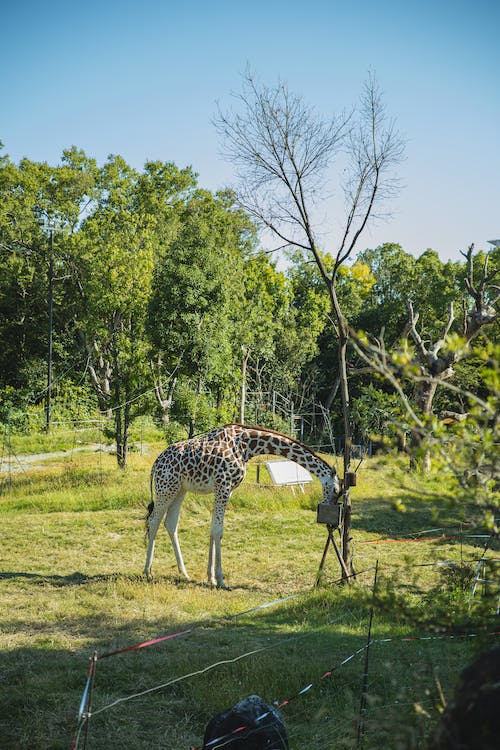This is a large, remote wilderness area in northern Alaska in the U.S. It is part of a vast region of national parks, monuments, and preserves. The park is situated entirely north of the Arctic Circle that stretches for hundreds of miles from west to east. Covering about 8,472,506 acres, the park is the second largest in the U.S. a little larger in area than Belgium.
The Endicott Mountains and a portion of the central Brooks Range are found at the park’s core. The mountains are noted for their jagged peaks that rise to more than 7,000 feet above sea level, gentle Arctic valleys, wild rivers, and many lakes.
Spruce, aspen, and birch trees fill the southern slopes, in contrast with the northern reaches of tundra at the edge of Alaska’s North Slope that is barren. Also found in the park is a part of the western herd’s habitat of northern caribou (reindeer). Grizzly (Alaskan brown) bears, Dall sheep, moose, and wolves are some of the park’s wildlife.
The park can only be accessed by air since no road is available entering the park. You can locate the park’s headquarters at about 200 miles (320 km) to the southeast at Fairbanks. On the northwest, the park is adjoined by Noatak National Preserve, and just 50 miles to the west is Kobuk Valley National Park, and the Arctic National Wildlife Refuge is about 75 miles (120 km) to the east.
Initially designated as a national monument on December 1, 1978, Gates of the Arctic was then being redesigned as a national park and preserved upon passage of the Alaska National Interest Lands Conservation Act in 1980.
HISTORY
The Brooks Range has been inhabited for more than 13,000 years. Thousands of archeological sites in Gates of the Arctic have documented people’s strong connection to the land and the rest of history. Today the park is home to Athapaskan and Inupiat descendants and various Non-Native Alaskan peoples. Traditionally, the populations were small and mobile dependent on the park seasons that affect their harvest of foods for survival.
In the 1880s, European people first reached the area at Central Brooks Range. The military explorers mapped the uncharted territory of struggled up rivers, and over mountain passes. Some miners searched for gold and struggled through the long winters in rough mining camps.
The park got its name from a conservationist Robert Marshall who visited the area in the early 1930s. In June, when sunlight keeps the wildland ablaze with bright red light until 2 a.m., while Marshall was hiking through the valley of the North Fork of the Koyukuk River, he came upon a pair of unusually steep mountains, flanking the North Flank of the Koyukuk River. He called the peaks Gates of the Arctic.
Today, 11 resident zone communities are directly associated with the Park, and many people continue to conduct subsistence activities within and around the park and preserve.
ECOSYSTEM AND WILDLIFE
The park is a magnificent beauty of maze of glaciated valleys, and emaciated, rugged mountains roofed with boreal forest or treeless slopes of Arctic tundra north of the divide. There are six Wild and Scenic Rivers, miles of valleys and tundra slopes to hike within the park and preserve, and of course, the Gates themselves.
The park and preserve is home toDall sheep, grizzly bears, wolves, moose and wolverines. Fishing is considered marvelous for grayling and Arctic char in the clear streams and the larger, deeper lakesare trout.
ACTIVITIES IN THE PARK
There are no available roads or trails into the parklands, so visitors need to fly or hike into the park. You can start in Fairbanks, Alaska, with a few small airlines that cater daily flights into the gateway communities of Bettles and Anaktuvuk Pass and flag stops to Coldfoot.
There are local air taxis that provide flight-seeing trips, day trips, or overnight camp-outs at remote locations. Air taxis also take visitors into neighboring Kobuk Valley National Park to appreciate sand dunes, or into the Noatak Preserve.
Visitors at the park can secure NPS passport stamps for those locations at the Bettles Visitor Center for Gates of the Arctic National Park and Preserve and at the Arctic Interagency Visitor Center in Coldfoot.
For most experienced and adventurous travelers, the park’s remoteness is an added factor for the thrill. The park is attractive for backpacking treks or base camps set up to enjoy day hiking and fishing. Backpackers can explore the 8.4 million acres of spectacular wilderness in which they can wander at will.
Lakes and gravel bars provide camping spots surrounded by unparalleled natural beauty.
An excellent day at an alpine lake if you can spend some time for the day fishing, watching the caribou pass through northern valleys, or picnicking by a wild river while listening to the wind and nature sounds in the boreal forest.
Experience river floating at any rivers in the park where six of them designated Wild Rivers. Guided trips that a handful of outfitters offer in summer for rafting and hiking or in the winter for dog mushing and cross-country skiing. It would be best if you had reservations and careful planning, whether as an independent traveler or a guided expedition to visit the Gates of the Arctic National Park.

